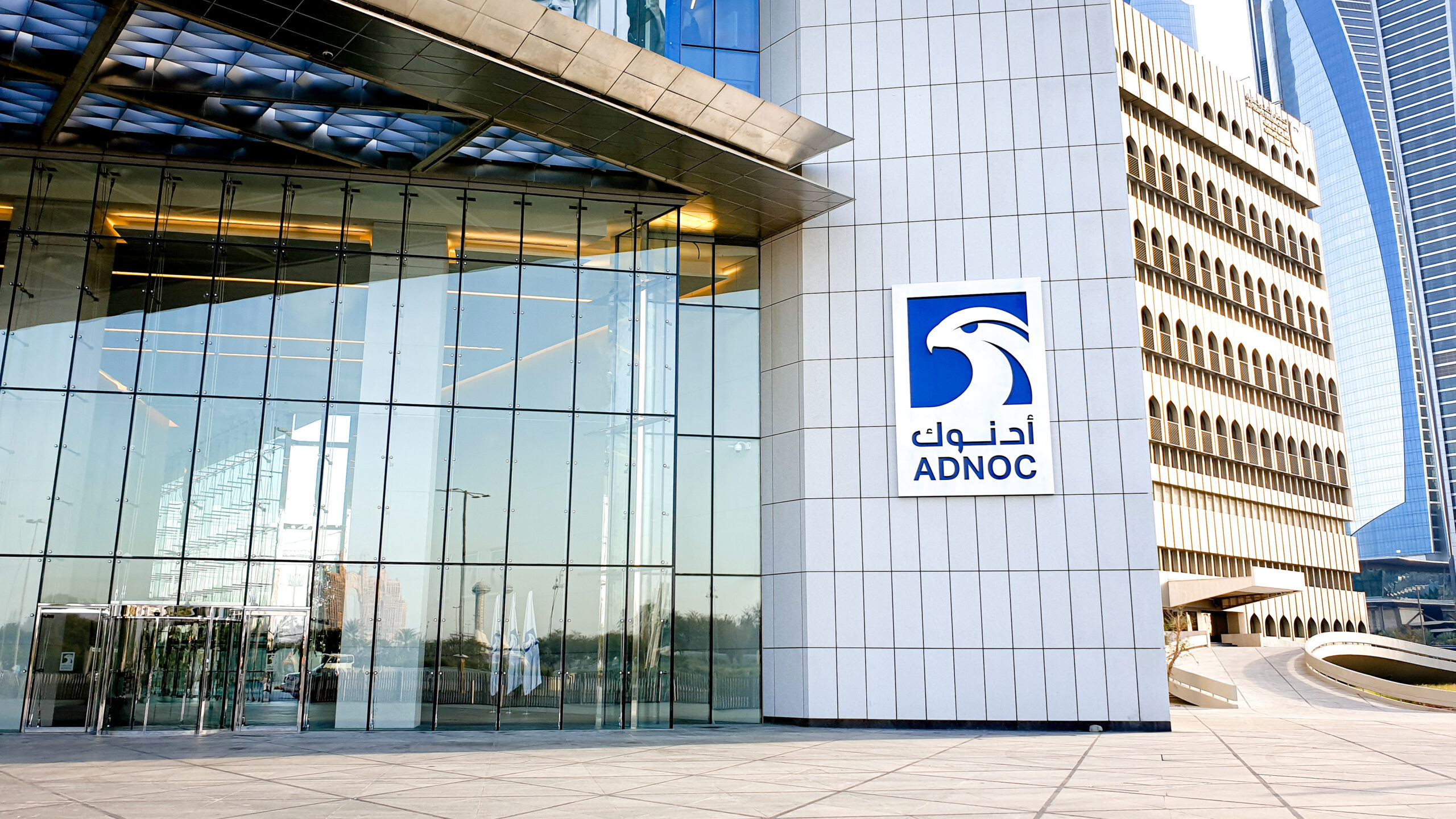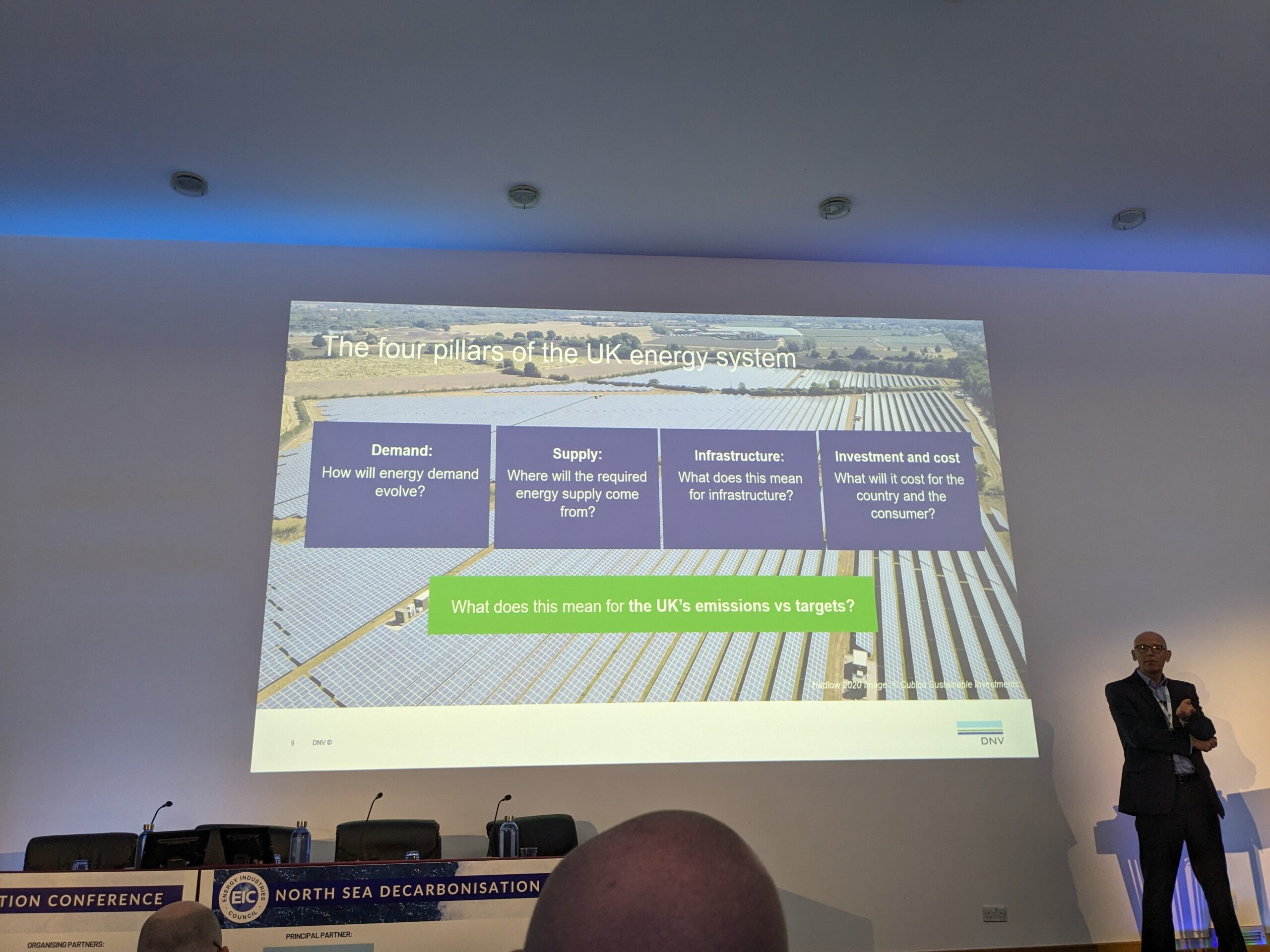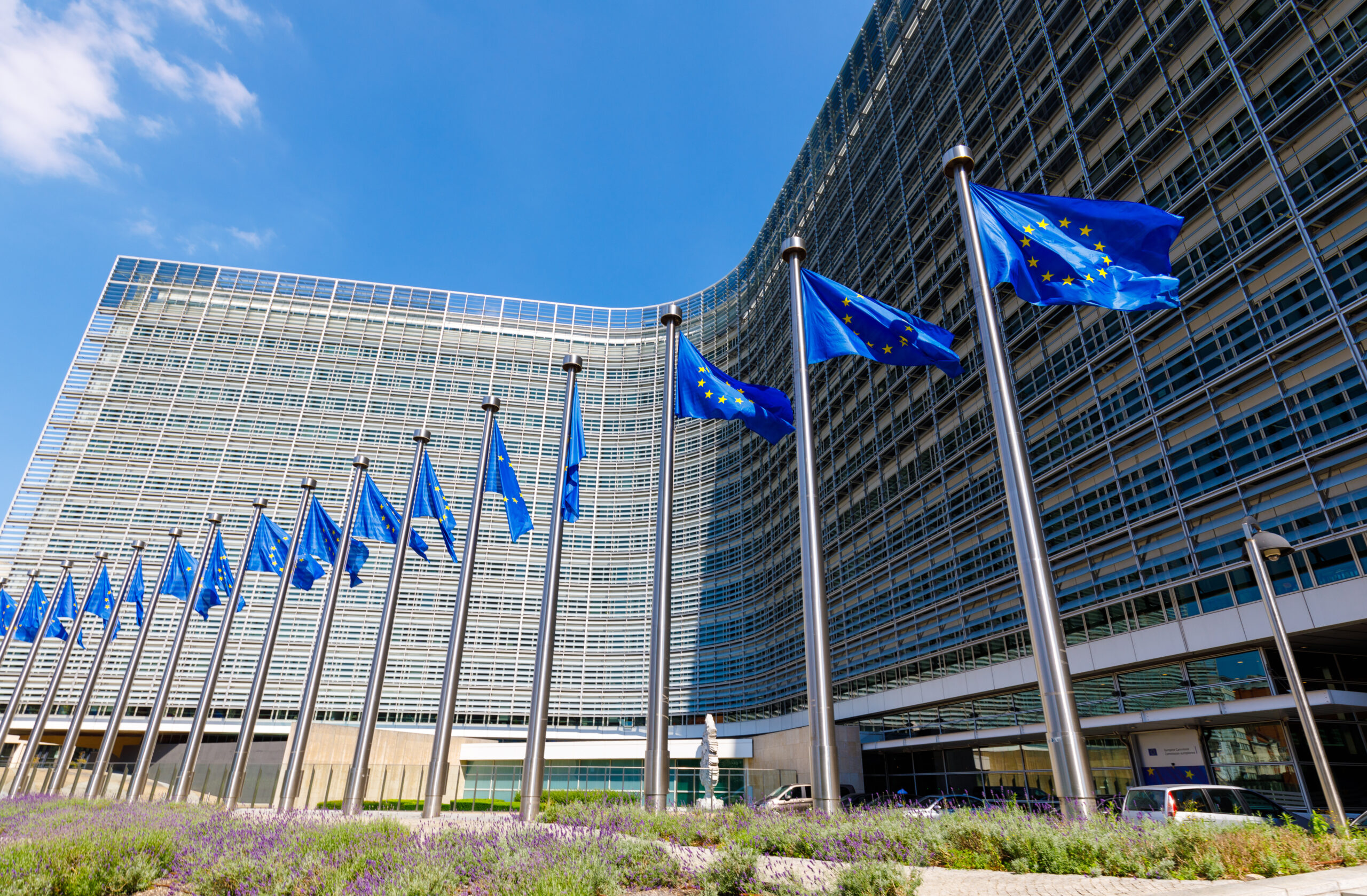Abu Dhabi National Oil Company FID ties CCS to net zero
With its Hail and Ghasha mega-project, Abu Dhabi National Oil Company says it will use carbon capture and storage to operate with net zero emissions.

Abu Dhabi National Oil Company has taken a final investment decision (FID) for its Hail and Ghasha offshore gas project, amid ambitious decarbonisation targets and as the country prepares to host the COP28 climate conference in November.
The mega-project bets on carbon capture and storage (CCS) technologies to become the world’s first to operate with net zero emissions.
The development, due to become operational in 2028, targets 1.5 billion standard cubic feet per day (bscfd) of gas production and 1.5 million tonnes of carbon capture per year, taking ADNOC’s committed investment for carbon capture capacity to almost 4 mtpa.
The CO2 will be captured, transported onshore and safely stored underground, while low-carbon hydrogen is produced, helping to replace fuel gas and further reduce emissions, ADNOC said. The project will also leverage clean power from nuclear and renewable sources from the grid.
“Natural gas is an important transition fuel and Abu Dhabi National Oil Company will continue to responsibly unlock its gas resources to enable gas self-sufficiency for the UAE, grow our export capacity and support global energy security,” ADNOC’s upstream executive director, Abdulmunim Al Kindy, said.
“The project can be seen as a response to the energy transition,” Brendan Cronin, head of the Middle East team at consultancy AFRY, told Gas Outlook.
“ADNOC and other regional companies are increasing investment in oil and gas production now, as they understand that in a net zero world there will be a dramatic fall in global demand.”
“The production is lower cost relative to developments elsewhere in the world, meaning they will increase market share and push out more expensive marginal producers.”
“These projects will be important given the increased exports from the UAE that are expected once the new ADNOC LNG export terminal commissions at the end of this decade,” he added.
“This is a large, complex and very important project,” said Robin Mills, CEO of Dubai-based consultancy Qamar Energy.
“Executing it on time and budget is crucial for delivering reasonably-priced gas to meet the UAE’s objective of being capable of gas self-sufficiency by 2030, and having enough gas available for its new industrial growth as well as its new LNG export plant,” he said.
The export gas will mostly be destined for buyers in Asia, with Japan, Korea and India taking over 80% of exports from Abu Dhabi in 2022.
Italian companies Maire Tecnimont and Saipem were awarded contracts worth $8.7 billion and $4.1 billion respectively.
The onshore part of the contract, awarded entirely to Maire, entails the development of natural gas processing units, pipelines, as well as CO2 and sulphur recovery and handling facilities.
The offshore component, awarded to a consortium that includes Saipem and the Emirates company NPCC, provides for the construction of drilling rigs, artificial islands and over 300 kilometres of subsea pipelines.
Overall, this is the largest natural gas contract ever awarded by ADNOC and the largest contract ever awarded to Maire, the Italian ministry of foreign affairs said in a statement, adding “the award represents a historic achievement for the Italian companies, not only due to the unprecedented sums involved, but also because it recognises the value of Italian technology in a strategic sector for the region” adding that “the development of the Hail and Ghasha fields is strategic for the UAE in order to diversify the national energy sector.”
“ADNOC needs the international expertise given the nature of these fields, they will be the world’s largest offshore sour gas developments,” Cronin said.
And “the project is positive for (Italian gas grid operator) Snam who have invested in the Abu Dhabi gas network,” he noted.
UAE’s net zero strategy
Abu Dhabi National Oil Company has set a goal of zero methane emissions by 2030 and net zero operations by 2045.
Meanwhile, the UAE was the first country in the MENA region to announce a net zero-by-2050 target, which centres on the development of clean energy solutions, including renewables and nuclear power.
Natural gas is still expected to account for 38% of the energy mix in 2050, amid a goal to produce blue hydrogen alongside green hydrogen.
Against that backdrop, CCS will play a central role in the UAE’s emissions reduction strategy.
“If carefully designed [the Hasha project] should be able to operate near net zero, by minimising methane leaks, using renewable/nuclear grid power, and employing carbon capture & storage, alongside energy-efficient design and other improvements,” Mills said.
“As a greenfield project it has advantages of being able to design for minimal emissions,” he added.
While the project aims to reach net zero emissions, these will only relate to scope 1-2 emissions, which account for a smaller part of total emissions from oil and gas projects.
Skepticism also remains regarding CCS technology, as it failed to meet sequestration targets in other similar existing projects.
“While this development project is planning to capture 1.5 mtpa of CO2, it does not indicate how much the emissions from the produced gas will be when it is operational,” Ana Maria Jaller-Makarewicz, Europe energy analyst at the Institute for Energy Economics and Financial Analysis, told Gas Outlook.
So far, other similar CCS projects around the world – including in Norway, the U.S. and Australia – “have failed to achieve net zero carbon emissions” with Australia’s Gorgon underperforming capture targets by about 50%, she said,
“Storing carbon dioxide underground is risky and uncertain. There’s not a clear understanding of how long CO2 can be kept underground and in which conditions,” she added.



